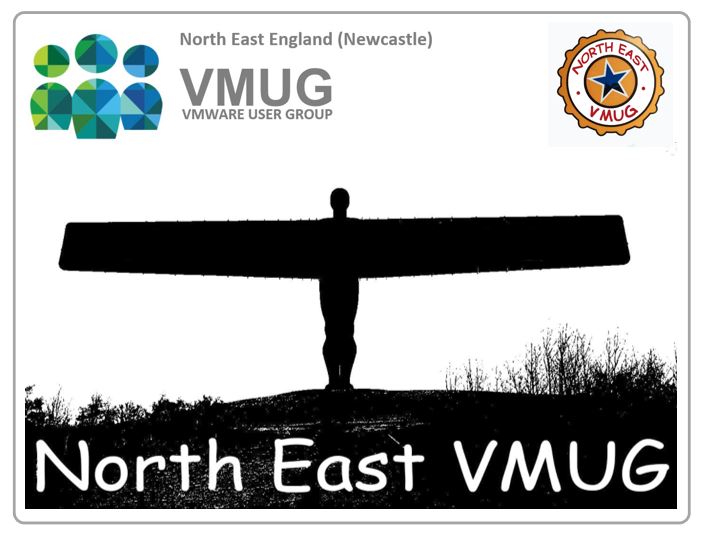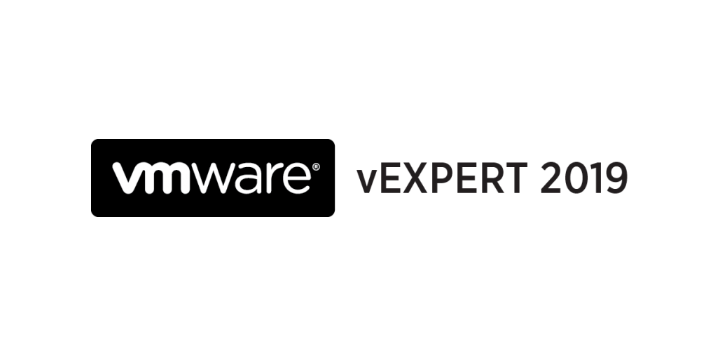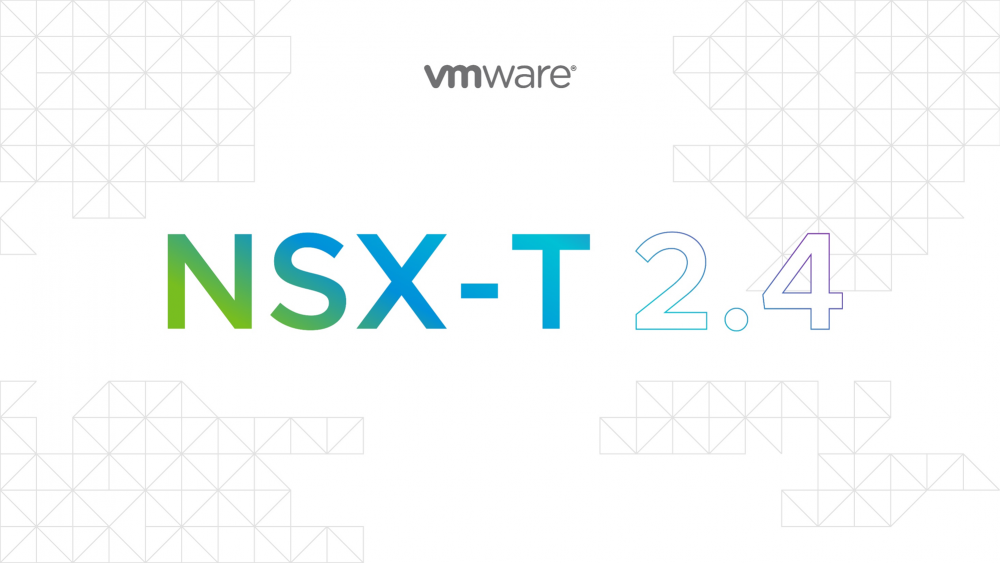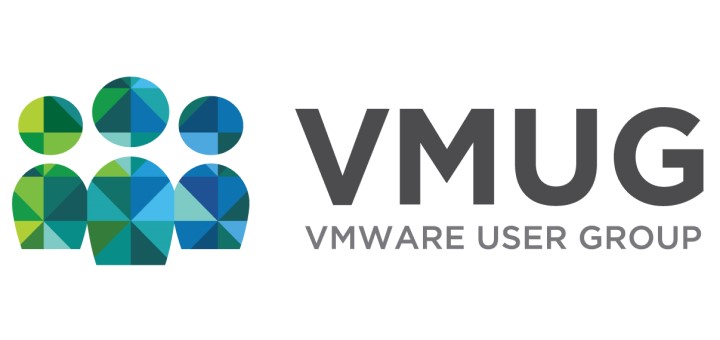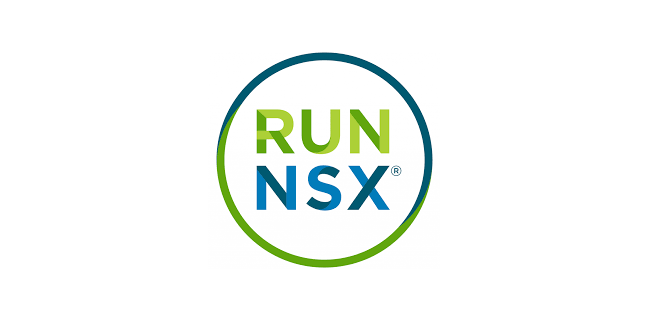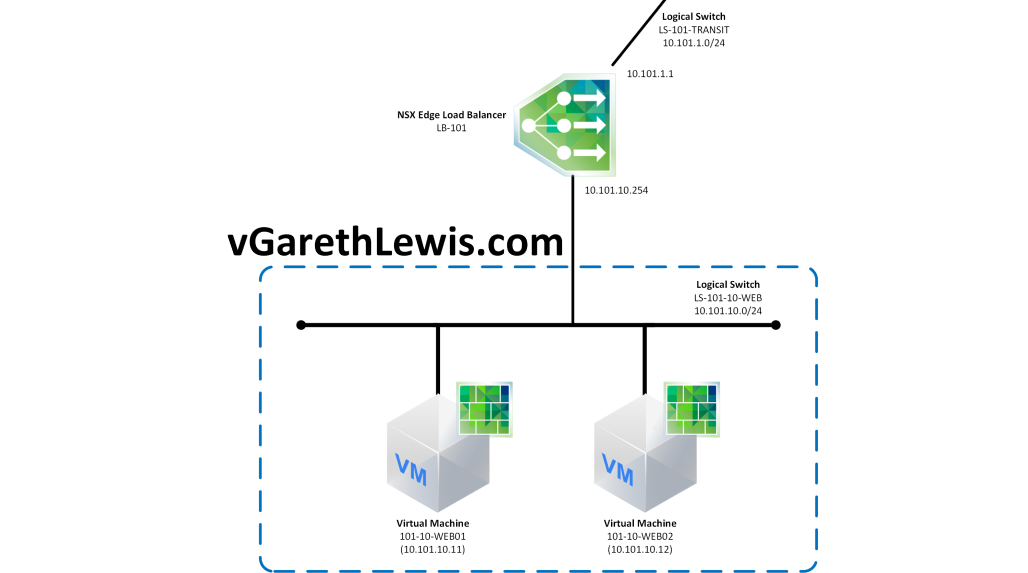North East England VMUG – 26th September 2019
The next North East England VMUG will be taking place on Thursday 26th September at the Royal Station Hotel, Newcastle, and I’m excited to be presenting alongside so many fantastic individuals from throughout the vCommunity.
My session will be covering VMware NSX Data Centre for vSphere (NSX-V) and, more specifically, a real world look at micro-segmentation and the implementation of a zero-trust environment. NSX makes this fairly easy thanks to a number of built-in tools, and we’ll explore how we can use the NSX Application Rule Manager to visualise application dependencies in order to start fleshing-out our Distributed Firewall rules.
Continue reading → North East England VMUG – 26th September 2019

